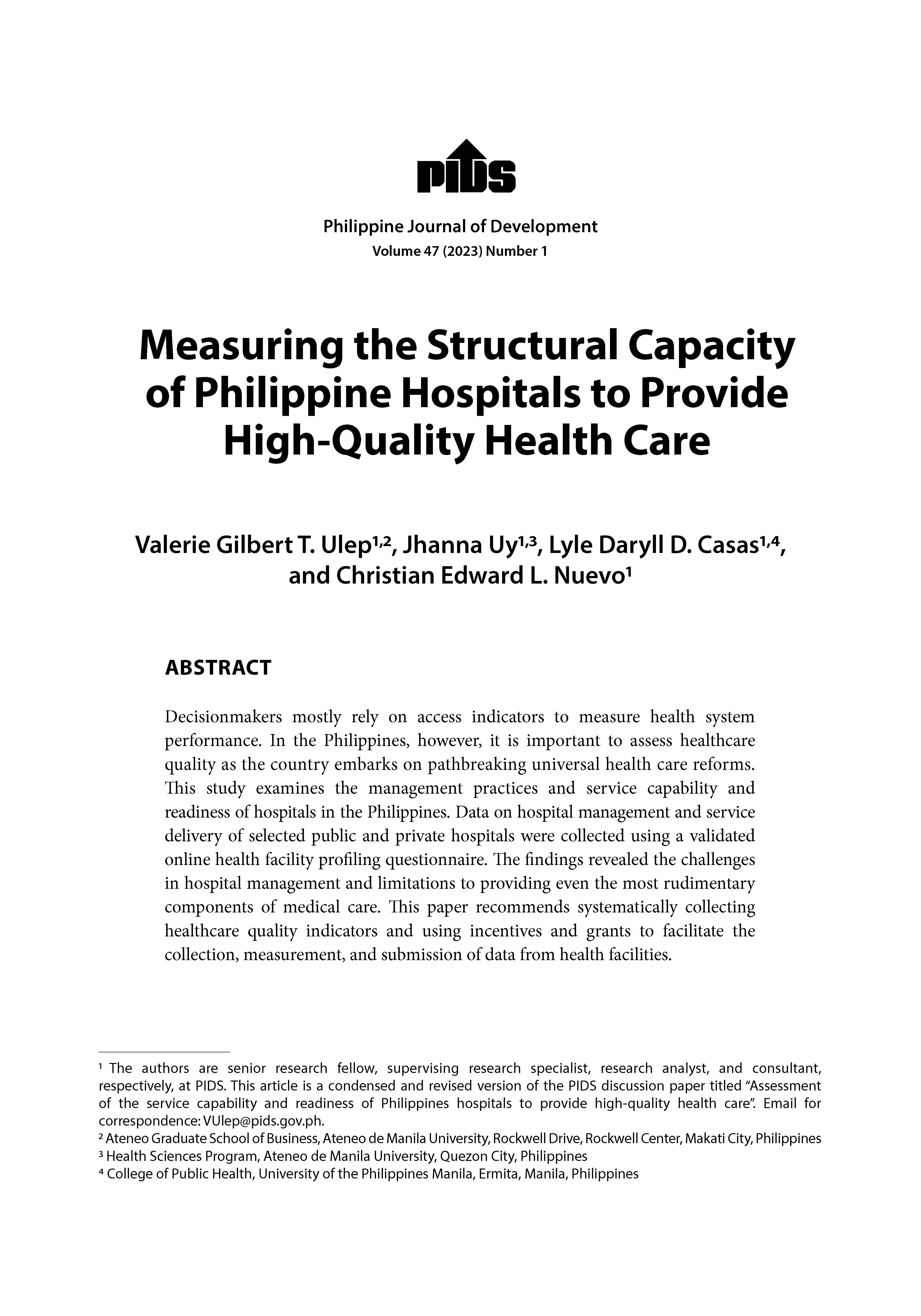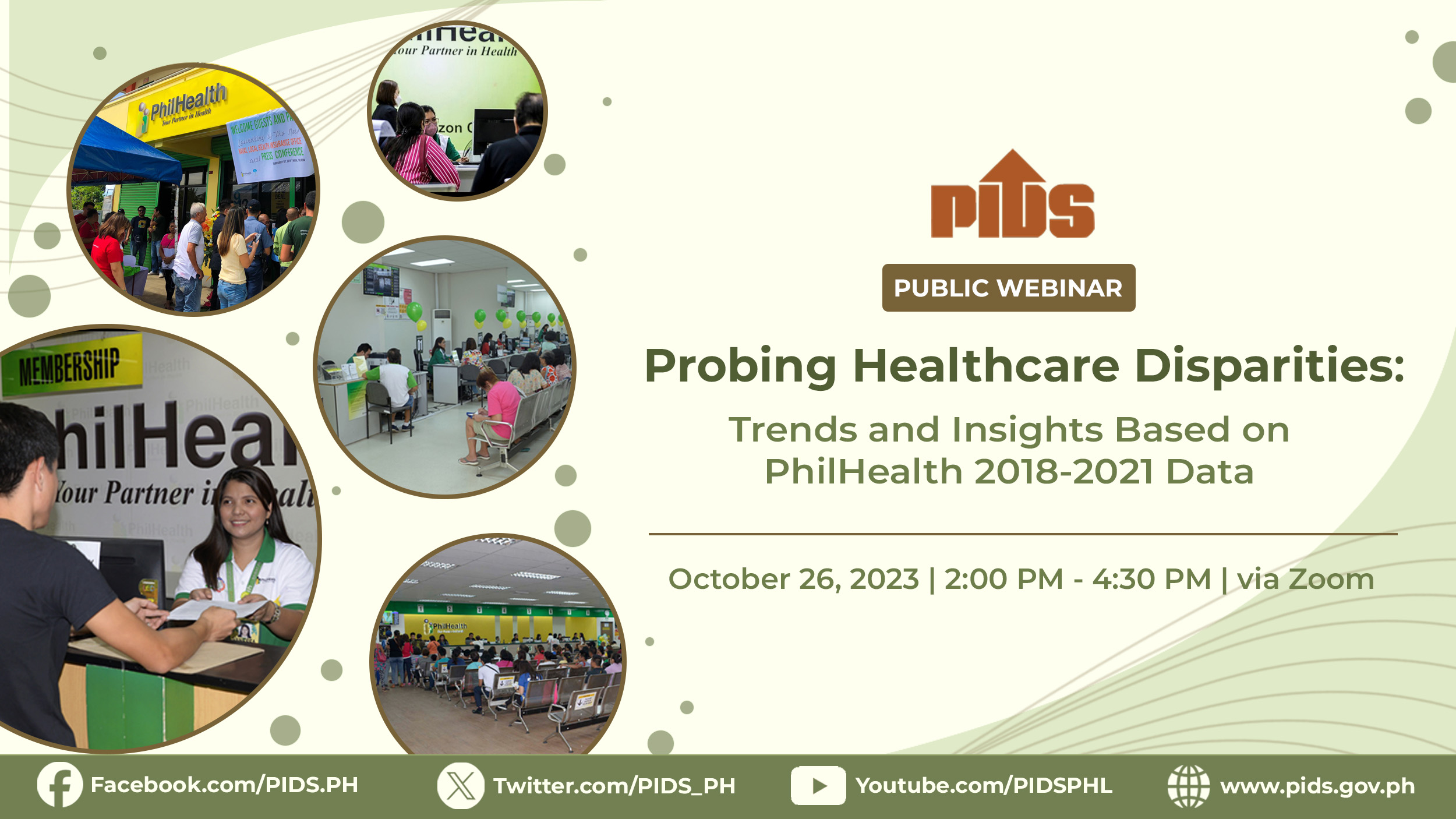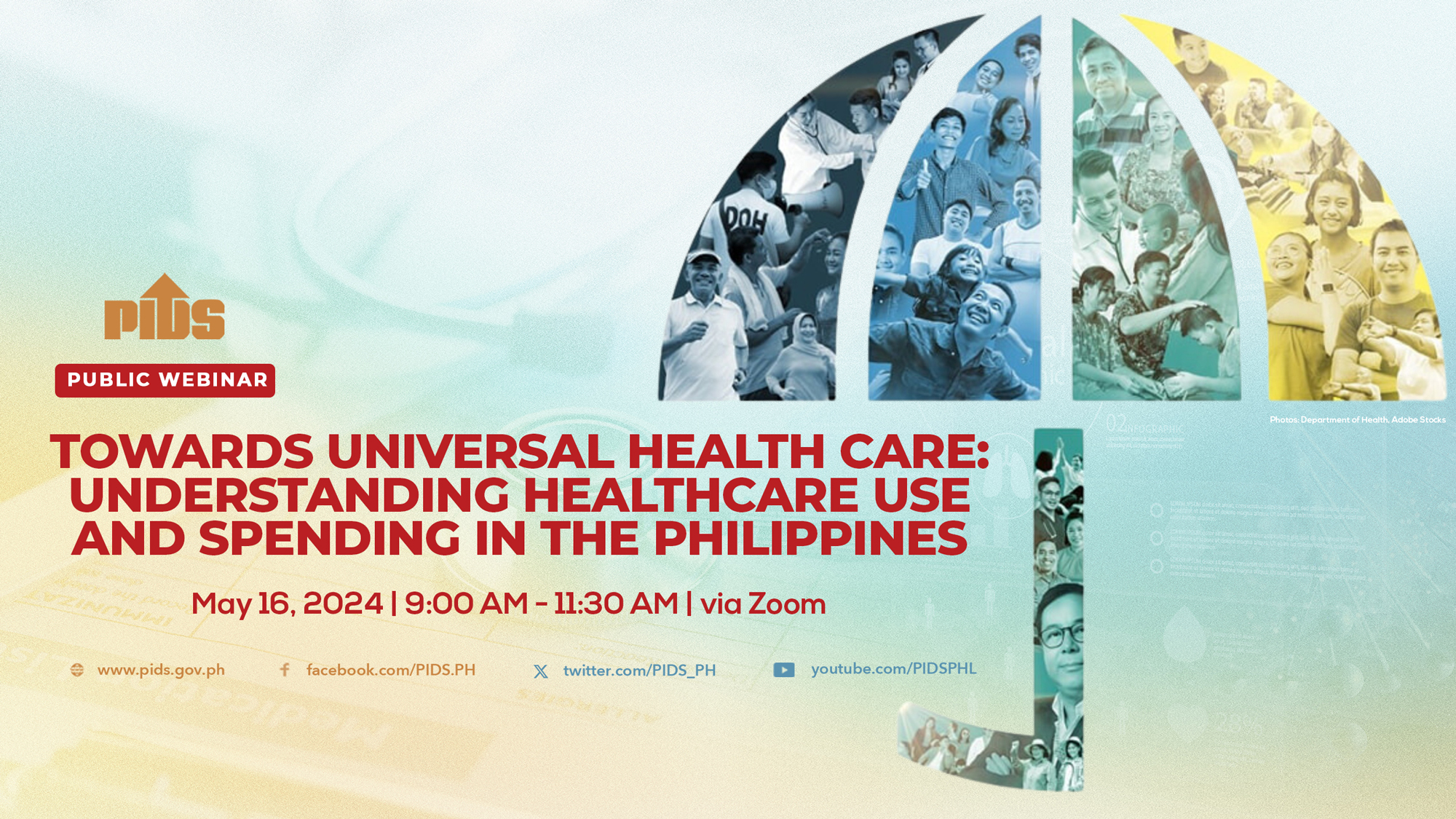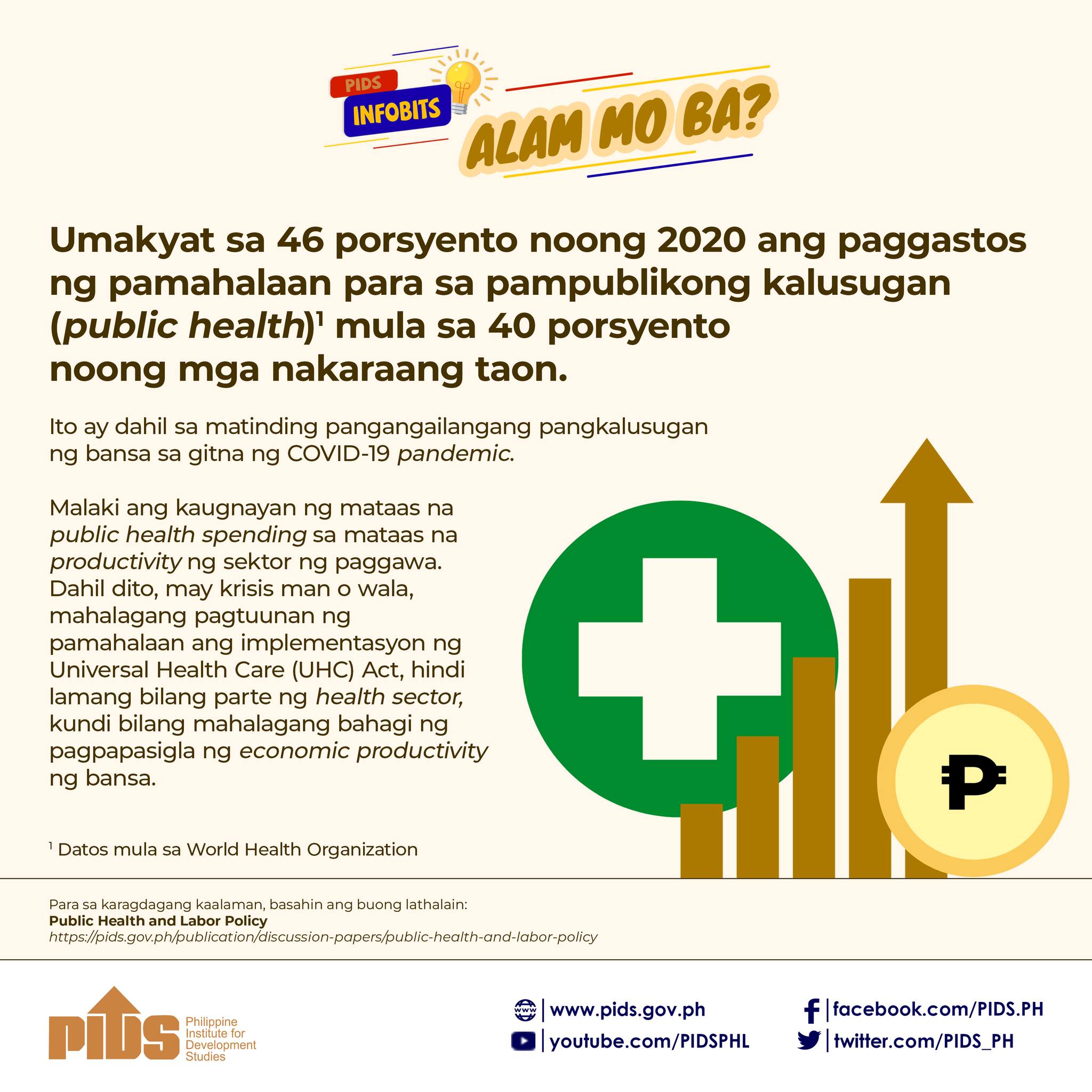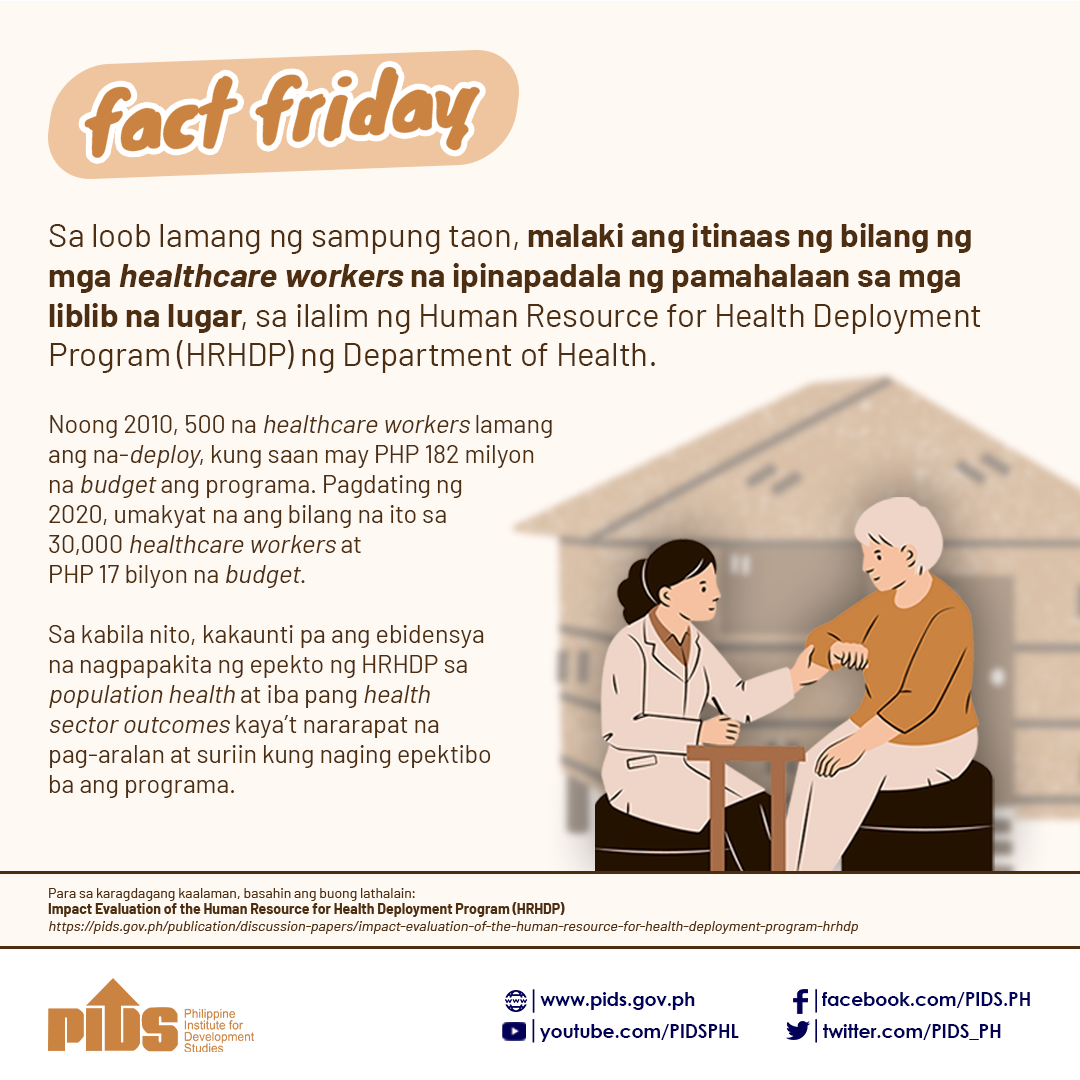I must have written here about my friend from a prosperous Chinoy family who migrated to Canada years ago. While jogging at Vancouver’s Stanley Park one morning, he suffered a heart attack.
Someone saw him in distress, called 911 and minutes after, an ambulance arrived at the scene. At the hospital, the doctors determined he needed a heart bypass operation.
The operation was quickly done and days later he was discharged, and all he had to pay was $7 or $8 for administrative costs. Heart bypass, ambulance and hospital care were all charged to Canada’s universal health care program.
I thought about my friend’s experience while I was listening to the Zoom presentation of former health secretary Enrique Ona before the Foundation for Economic Freedom last week. If that happened here, tepok na.
The emergency hotline 911 probably wouldn’t be working. If an ambulance made it through traffic and got the patient to the hospital, the bill after everything was done would be enough to cause another heart attack.
Dr. Ona traced the origins of universal healthcare here and he described our situation today as navigating our way through uncertainty. The COVID 19 pandemic aggravated the weaknesses of our health sector, the former health secretary said.
Hospitals here in the early days were mostly religious as in San Juan de Dios Hospital (1578), St Luke’s (1903) or government, like Philippine General Hospital (1907). They were basically non profit and dependent on charitable donations or government budgets.
The corporate private hospitals only came around in the late ’60s. Medical spending was also (and still is) around 60 percent private, or the patient’s out of pocket expense. As Dr Ona puts it, what happens to the poor who most likely don’t even have a pocket?
Government is supposed to take care of those who cannot afford private health services. The health department is responsible for regional hospitals and other local health services. Things always could be better… even now.
Dr. Ona effectively admitted that our national health care system has been neglected. People living in far flung areas still do not get the most basic of services.
Yet, Dr Ona pointed out, “Health as a human right” is guaranteed by the International Covenant on Economic, Social and Cultural Rights of 1966. Nevertheless, it had not been a priority of national budgets of our past administrations.
An early attempt to help cover costs of healthcare was Medicare, a health fund for the employed funded by a salary deduction. But it was only for hospital expenses.
Then came the PhilHealth Law of 1995. Dr. Ona considered this a game changer. All Filipinos were to be covered in 15 years. But he said, little progress was achieved in the next 15 years to expand insurance coverage and upgrade government health facilities.
Good universal healthcare, according to Dr. Ona, should be available, accessible, affordable and should provide quality service. We all know what our UHC is now.
The need for quality healthcare is most important, specially for our elderly population. Michael R.M. Abrigo wrote a paper for the Philippine Institute for Development Studies (PIDS) which pointed out “government spending in healthcare needs to grow at least as fast as the growth in the elderly population.”
Because the basic support for PhilHealth is a payroll tax on working Filipinos, the growing number of dependent elderly puts an increasing burden on them. Abrigo’s paper points out the pesos and centavos of healthcare needs that PhilHealth must cover:
“Early estimates by the Department of Health (DOH) pegs the cost at P257 billion on its first year of implementation in 2020, or about 25 percent higher than the combined expenditures of the DOH and the PHIC in 2018…
“The average health consumption per person has increased considerably in the recent past. In 1995, an average person is expected to consume about P1,501-worth of healthcare goods and services (in 2015 prices). This increased by only about 25 percent into 2005, with per capita health consumption at P1,894.
“But between 2005 and 2015 per capita health consumption has more than doubled to P4,143… The largest increase may be observed among the elderly aged 65 years and older, wherein their per capita health consumption grew from P3,100 in 1995 to P12,121 in 2015.
“In all the age groups, much of the increase occurred over the last decade, wherein per capita health consumption increased by more than seven percent annually on average…”
One reason for the increase in costs is the increase in the number of people with chronic diseases requiring longer treatment time. But the other important source of the increase is from government-initiated programs.
Still, despite these public sector innovations, the share of the private sector in all healthcare spending, including household out-of-pocket expenses and private health insurance remains substantial at about 60 percent.
“Compared with the rest of the world, the Philippines is relatively on the extreme side that relies quite substantially on private spending to finance healthcare. In 2015, about two-thirds of healthcare spending in the Philippines is paid by households and other private institutions…”
Dr. Ona told his FEF audience that COVID-19 is threatening the sustainability of UHC financing. For one thing, sin tax collection has dipped 57.1 percent to P31 billion. And with the huge demands of other economic and social sectors for recovery funds, healthcare may not get the funding it requires.
UHC depends on general income taxation, excise taxes on tobacco or alcoholic beverages, or as part of the government’s share in incomes of some government corporations like Pagcor.
The PIDS paper points out that by 2050, the Philippines is projected to have almost 15 million elderly population (United Nations, 2017). This increasing share of the elderly, together with declining fertility, is expected to depress per capita income starting in 2045.
So, we have challenging problems in sustaining a real UHC program. Let us hope the next administration is up to the challenge. I have given up on the current one with Duque at the helm of DOH.
Someone saw him in distress, called 911 and minutes after, an ambulance arrived at the scene. At the hospital, the doctors determined he needed a heart bypass operation.
The operation was quickly done and days later he was discharged, and all he had to pay was $7 or $8 for administrative costs. Heart bypass, ambulance and hospital care were all charged to Canada’s universal health care program.
I thought about my friend’s experience while I was listening to the Zoom presentation of former health secretary Enrique Ona before the Foundation for Economic Freedom last week. If that happened here, tepok na.
The emergency hotline 911 probably wouldn’t be working. If an ambulance made it through traffic and got the patient to the hospital, the bill after everything was done would be enough to cause another heart attack.
Dr. Ona traced the origins of universal healthcare here and he described our situation today as navigating our way through uncertainty. The COVID 19 pandemic aggravated the weaknesses of our health sector, the former health secretary said.
Hospitals here in the early days were mostly religious as in San Juan de Dios Hospital (1578), St Luke’s (1903) or government, like Philippine General Hospital (1907). They were basically non profit and dependent on charitable donations or government budgets.
The corporate private hospitals only came around in the late ’60s. Medical spending was also (and still is) around 60 percent private, or the patient’s out of pocket expense. As Dr Ona puts it, what happens to the poor who most likely don’t even have a pocket?
Government is supposed to take care of those who cannot afford private health services. The health department is responsible for regional hospitals and other local health services. Things always could be better… even now.
Dr. Ona effectively admitted that our national health care system has been neglected. People living in far flung areas still do not get the most basic of services.
Yet, Dr Ona pointed out, “Health as a human right” is guaranteed by the International Covenant on Economic, Social and Cultural Rights of 1966. Nevertheless, it had not been a priority of national budgets of our past administrations.
An early attempt to help cover costs of healthcare was Medicare, a health fund for the employed funded by a salary deduction. But it was only for hospital expenses.
Then came the PhilHealth Law of 1995. Dr. Ona considered this a game changer. All Filipinos were to be covered in 15 years. But he said, little progress was achieved in the next 15 years to expand insurance coverage and upgrade government health facilities.
Good universal healthcare, according to Dr. Ona, should be available, accessible, affordable and should provide quality service. We all know what our UHC is now.
The need for quality healthcare is most important, specially for our elderly population. Michael R.M. Abrigo wrote a paper for the Philippine Institute for Development Studies (PIDS) which pointed out “government spending in healthcare needs to grow at least as fast as the growth in the elderly population.”
Because the basic support for PhilHealth is a payroll tax on working Filipinos, the growing number of dependent elderly puts an increasing burden on them. Abrigo’s paper points out the pesos and centavos of healthcare needs that PhilHealth must cover:
“Early estimates by the Department of Health (DOH) pegs the cost at P257 billion on its first year of implementation in 2020, or about 25 percent higher than the combined expenditures of the DOH and the PHIC in 2018…
“The average health consumption per person has increased considerably in the recent past. In 1995, an average person is expected to consume about P1,501-worth of healthcare goods and services (in 2015 prices). This increased by only about 25 percent into 2005, with per capita health consumption at P1,894.
“But between 2005 and 2015 per capita health consumption has more than doubled to P4,143… The largest increase may be observed among the elderly aged 65 years and older, wherein their per capita health consumption grew from P3,100 in 1995 to P12,121 in 2015.
“In all the age groups, much of the increase occurred over the last decade, wherein per capita health consumption increased by more than seven percent annually on average…”
One reason for the increase in costs is the increase in the number of people with chronic diseases requiring longer treatment time. But the other important source of the increase is from government-initiated programs.
Still, despite these public sector innovations, the share of the private sector in all healthcare spending, including household out-of-pocket expenses and private health insurance remains substantial at about 60 percent.
“Compared with the rest of the world, the Philippines is relatively on the extreme side that relies quite substantially on private spending to finance healthcare. In 2015, about two-thirds of healthcare spending in the Philippines is paid by households and other private institutions…”
Dr. Ona told his FEF audience that COVID-19 is threatening the sustainability of UHC financing. For one thing, sin tax collection has dipped 57.1 percent to P31 billion. And with the huge demands of other economic and social sectors for recovery funds, healthcare may not get the funding it requires.
UHC depends on general income taxation, excise taxes on tobacco or alcoholic beverages, or as part of the government’s share in incomes of some government corporations like Pagcor.
The PIDS paper points out that by 2050, the Philippines is projected to have almost 15 million elderly population (United Nations, 2017). This increasing share of the elderly, together with declining fertility, is expected to depress per capita income starting in 2045.
So, we have challenging problems in sustaining a real UHC program. Let us hope the next administration is up to the challenge. I have given up on the current one with Duque at the helm of DOH.

